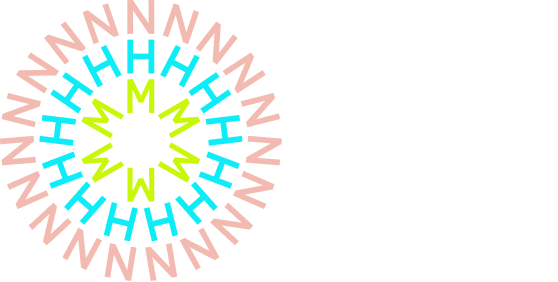Deep Sea
-
Instructor: Dr Hugh Carter
-
Level: Beginner/Intermediate
-
Number of chapters: 19
-
Study time: 2 hours 30 minutes
Learn
In this course, explore:
-
how the deepest parts of the sea were discovered, and the lives and adventures of those that risked their lives to find them
-
how the Challenger Expedition changed our view of the oceans forever
-
how life is able to survive, mate and reproduce at such great depths
-
how hydrothermal vents, cold seeps and sea mounts impact the ocean around them
-
the impacts humans are having on the deep sea and what the benefits and threats are of deep sea mining
Course plan
Meet your scientist
Dr Hugh Carter
Hugh is the Curator of Marine Invertebrates at the Natural History Museum in London, with a primary focus on echinoderms. His current work focuses on understanding the patterns of starfish distribution around the world, how certain species came to be concentrated in certain regions and the global and environmental variables that help to shape their ranges. Hugh is particularly interested in the role of larvae in species dispersal and how different lineages have evolved to colonise the deepest parts of the oceans and the extremes of the poles.
Alongside this work, Hugh’s responsible for the care of a collection of approximately 500,000 echinoderm specimens, from tiny brittlestars from UK coastlines to giant starfish from the Antarctic. He’s working with colleagues in the Museum’s Deep Sea Lab to describe new species of starfish and sea lily collected as part of investigations into the impacts of deep-sea mining in the mid-Pacific Ocean.
Alongside this work, Hugh’s responsible for the care of a collection of approximately 500,000 echinoderm specimens, from tiny brittlestars from UK coastlines to giant starfish from the Antarctic. He’s working with colleagues in the Museum’s Deep Sea Lab to describe new species of starfish and sea lily collected as part of investigations into the impacts of deep-sea mining in the mid-Pacific Ocean.
Write your awesome label here.
Find a plan that fits you
Gift the joy of discovery
Gift cards are valid for any of our individual courses (£49.99 per course), but not on subscriptions.


